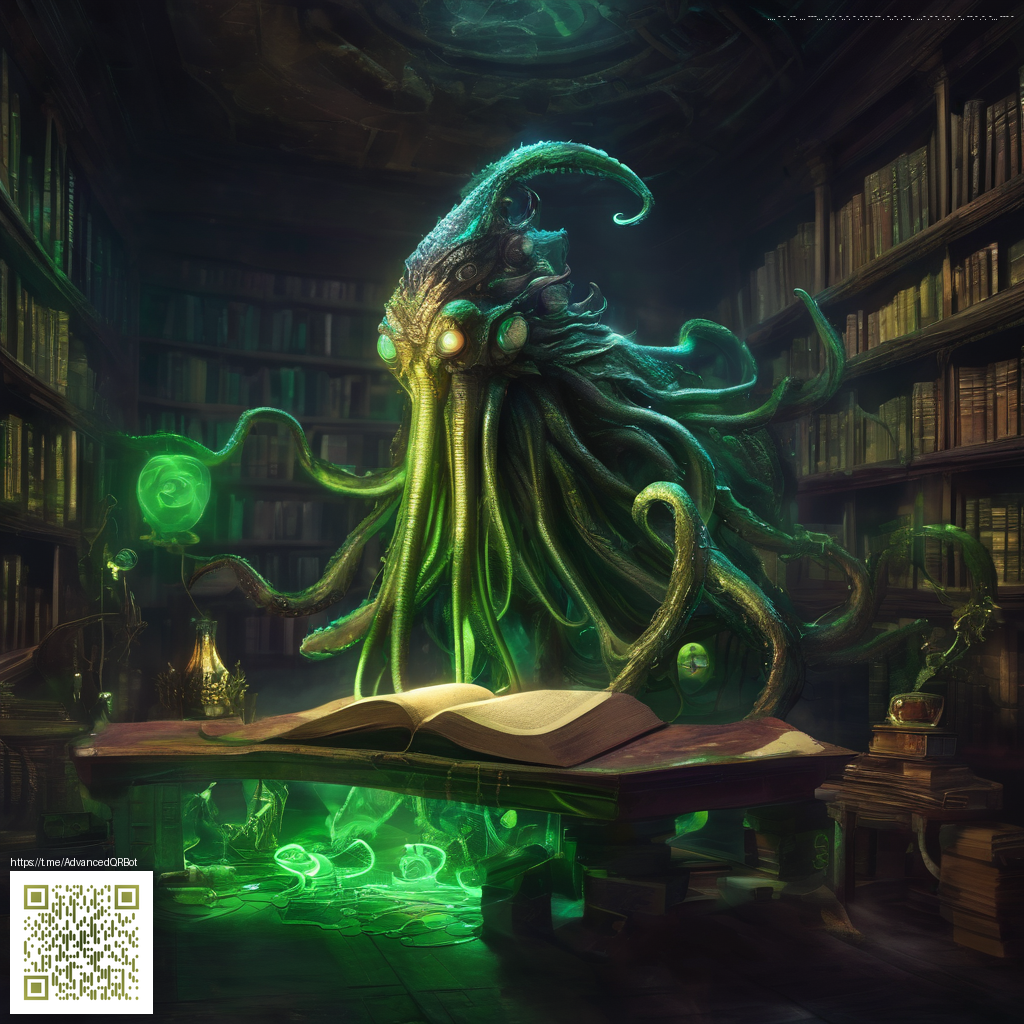
Kingdom Hearts II Development Deep Dive
When Square Enix set out to evolve a beloved crossover into a more kinetic action RPG, the team faced a tight horizon and ambitious goals. The result is a production that merged cinematic storytelling with a sharpened combat rhythm. Across a two year cycle, developers rebuilt systems, reimagined Sora’s toolkit, and layered worlds that felt both familiar and brand new. The behind the scenes work reveals a studio determined to push the PS2 era to its limits while keeping the heart and whimsy that defined the series.
From the outset the goal was to deliver a more dynamic battle flow while expanding the range of environments players could explore. The project leaned on a philosophy of fresh ideas rather than reusing assets from the first game. That approach showed up in every combat tweak, world design choice, and cinematic sequence, reflecting a team that wanted to honor fans while inviting new players into a bolder universe.
Gameplay evolution and core design pillars
Central to the redesign were Drive Forms, a system that lets Sora fuse with power for temporary, form based enhancements. Each form alters the fighting tempo and unlocks unique actions that reward aggressive play and precise timing. The spike in mobility and aggression that Drive Forms introduced gave battles a rhythm that encouraged both crowd control and high risk moves when the moment called for it.
Reaction Commands arrived as a fresh payoff on the battlefield. They provide context sensitive actions that characters execute at just the right moment, weaving narrative beats with rapid, cinematic finishes. This mechanism helped keep combat feeling cinematic without sacrificing the pace of real time action. It is a clear example of how the team balanced storytelling and playability in a single, satisfying package.
Beyond the core system shifts, the development team refined Sora’s movement and the pacing of encounters. A stronger emphasis on boss design, more elaborate combos, and larger arenas pushed players to adapt on the fly. The result is a combat cadence that rewards experimentation and mastery, a hallmark that remains a talking point among veterans today.
Worlds, Disney collaboration, and storytelling craft
The collaboration with Disney properties remained a guiding constraint and an inventive springboard. Worlds were chosen to complement the new action oriented combat, while still weaving in cinematic set pieces that feel unmistakably part of the series. The balance between spectacle and accessibility was a frequent topic in development meetings, guiding art direction and level design decisions.
On the storytelling front, the development team aimed for tighter, character driven arcs while preserving the large scale scope fans expect. The upgrade to animation rigs and camera work helped bring cutscenes closer to cinematic品质 while maintaining the interactivity that defines gameplay. It is a blend that many players remember as a turning point for the series momentum.
Animation, tech progress, and production milestones
The PS2 era constrained resources in surprising ways and the team answered with smart optimization and new pipeline ideas. Animation was streamlined for weightier action without sacrificing responsiveness. The result was smoother character motion during combos, more expressive reactions, and scenes that felt fluid even during fast paced moments.
Music and sound design carried the emotional charge of the production. Composer Yoko Shimomura led a score that underscored dramatic moments and energized high action sequences. The collaboration between music, voice work, and on screen action created a cohesive experience that players still associate with the series identity.
Developers emphasize that KH II was built with a clear intent to push the PS2 hardware while preserving the charm of the original. The team leaned into fresh ideas and careful tuning, delivering a product that feels both expansive and polished. The behind the scenes energy shows in every arena and every dramatic reveal.
Community insights and modding culture
Even after release, the community kept the conversation alive. A vibrant group of fans dissected combat timing, shared boss strategies, and celebrated moments of perfect execution. Beyond strategy, fans contributed translation patches, fan art, and discussions that chronicled the game’s evolution from a fresh release to a timeless favorite.
Modding and fan content around this era of Kingdom Hearts highlights how the community keeps classic games relevant. Texture tweaks, accessibility improvements, and commentary driven mods emerged as fans explored new ways to experience familiar worlds. The result is a living memory that preserves the magic of those development choices while inviting ongoing experimentation.
Official coverage and patch era context
During the original launch window, official sites and marketing materials mapped out the game’s feature set and world scope. Early web presence, concurrent with magazine features and trailers, gave players a window into the design intent and schedule pressures faced by the team. The cadence of updates and localized releases helped solidify a global fan base eager to compare versions across regions.
What stands out in retrospect is how KH II managed to pair ambitious design with accessible play. The team crafted a system that invites experimentation yet remains approachable for newcomers. The balance between depth and approachability is a through line that continues to define discussions around this title.
Key takeaways from the making of a classic
- Drive Forms redefine combat tempo and reward strategic decision making
- Reaction Commands tie narrative beats to interactive moments
- World design marries Disney charm with action oriented pacing
- Animation and camera work elevate cinematic moments without losing control
- Community responses and fan content keep the game relevant years after release
For fans and newcomers alike, the behind the scenes narrative reveals a studio that believed in pushing boundaries while staying true to the core of what makes Kingdom Hearts resonate. The result is a game that feels expansive yet intimate, bold yet familiar, and most of all alive with possibility in every direction you turn.
Join the journey toward a decentralized web and support independent projects that push creative boundaries. Your contributions help empower creators and communities to share experiences without gatekeepers.